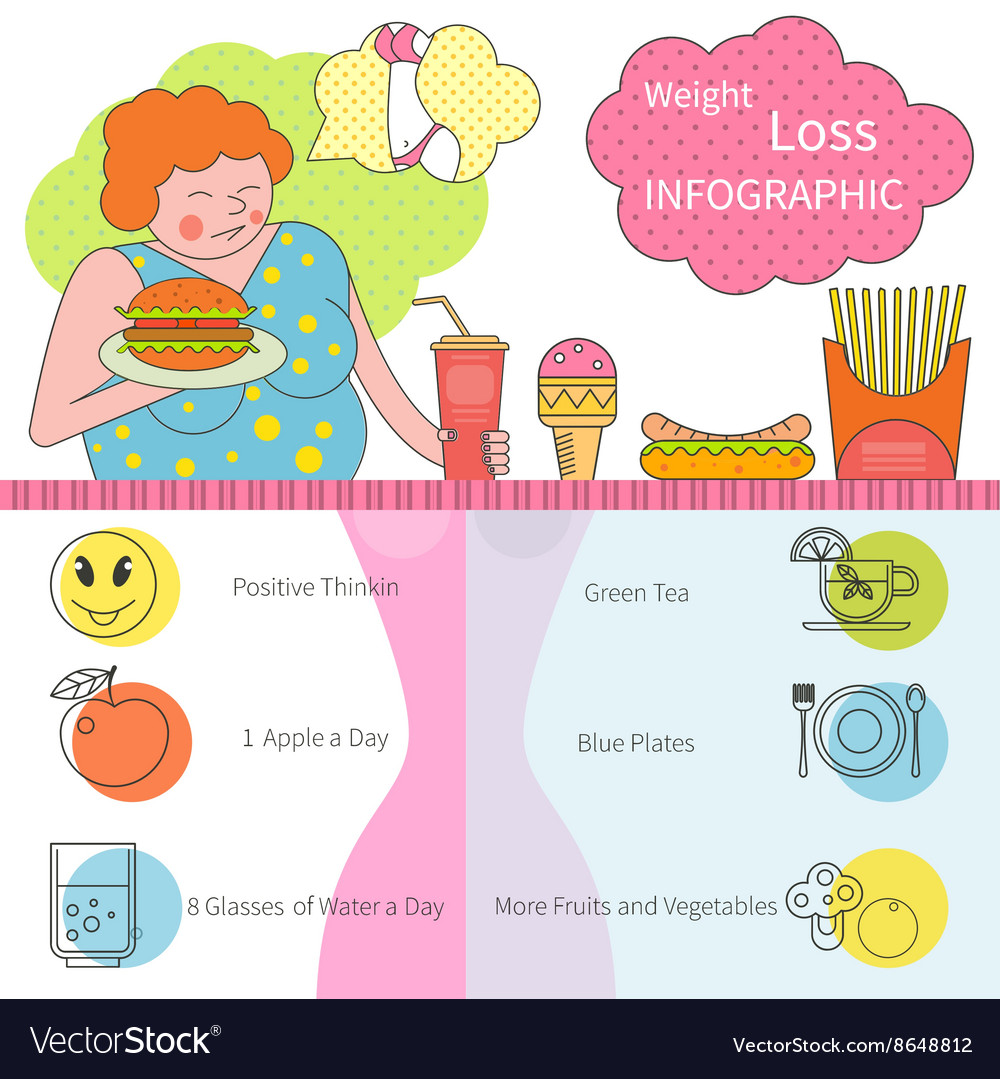Real Cold Laser Therapy Success Stories
Real Cold Laser Therapy Success Stories
Blog Article
Scientific Research on the Effectiveness of Cold Laser Strategy
Cold laser treatment is a valuable tool to assist suffering management and the healing process. It is usually utilized in sporting activities medication, dermatology and acupuncture.
Cold lasers pass through deep right into cells and advertise chemical modifications without heating them. They decrease swelling and swelling, speed up mobile task and increase healing.
Theoretical History
Unlike the high-intensity lasers that surgeons use to cut through tissue, cool laser therapy uses light-emitting diodes to permeate into your skin and promote healing. As these photons reach broken tissues, they start a domino effect that raises your cells' manufacturing of enzymes and increases your body's all-natural healing processes.
The photons likewise minimize discomfort with the manufacturing of endorphins and increase your body's ability to drain pipes inflamed locations by inducing vasodilation (the expansion of capillary). Because of this, it assists you recoup from bone and joint injuries and discomfort quicker.
Lots of people have heard about cold laser therapy from their physiotherapist, chiropractic doctor or medical professional and might be questioning just how it functions. Unlike many laser tools used in the medical field, which in fact heat up tissue, our advanced equipment produces chilly laser beam that do not create any kind of heating of your tissues. This allows your body to receive the therapeutic benefits without causing any negative effects.
Clinical Trials
Cold laser therapy is often recommended as a treatment option for patients who have musculoskeletal pain and injuries. It can be used to decrease swelling, reinforce cells and increase the body's natural recovery processes.
Non-thermal photons of red and infrared laser radiation are taken in by the light delicate elements in cells and initiate an increase in intracellular metabolic rate that enhances cell reproduction, decreases inflammation, gets rid of edema and shortens healing time.
Unlike the light that is generated by sunshine or basic lights, laser light is parallel (all wavelengths travel in the same direction), meaningful and monochromatic. These residential or commercial properties permit laser energy to permeate much deeper into the cells.
A number of clinical tests have shown that LLLT can be effective in minimizing pain in the bone and joint system. Nevertheless, even more properly designed research studies are required to assess the optimum settings for laser irradiation and to establish its effectiveness in certain problems, such as oral mucositis in cancer individuals obtaining radiation treatment or radiotherapy, and wound healing (including diabetic person abscess following hammertoe surgical treatment). This Aetna plan bulletin does not address other uses LLLT, consisting of the therapy of numerous skin diseases.
Conclusions
Unlike surgical lasers that can damage lumps or coagulate cells, cold laser therapy does not heat up the body's cells. Rather, the light promotes your cells to generate adenosine triphosphate, which quickens the repair process of hurt cells.
Aetna takes into consideration low-level laser (LLL) therapy medically required for the prevention of dental mucositis associated with cancer treatment (chemotherapy, radiation treatment, hematopoietic stem cell hair transplant) and non-cancer treatments (such as radiodermal injury, fibromyalgia). Several research studies revealed that LLT can be reliable in reducing PU symptoms without negative results. However, differences in research layouts and laser dosimetry made contrast of the results challenging; RCTs with reduced danger of prejudice are needed. The use of a 660 nm wavelength and higher power thickness seems extra efficient than the various other studied laser wavelengths. This could be due to the fact that the other wavelengths may stimulate inflammatory processes and trigger more side effects. The effect of the kind of laser made use of is additionally important; the authors recommend that future research focus on evaluating different types of lasers and their doses to determine the optimum combination of laser parameters for PU prevention.
Recommendations
Cold laser therapy is made use of by dental professionals to treat irritated gum tissue, doctors to ease discomfort caused by rheumatoid joint inflammation, and physiotherapists to speed up the healing of muscle mass, tendon, and ligament injuries. Several clinical insurance policy strategies cover this treatment.
Unlike hot lasers, which have a thermal result on cells, chilly lasers (likewise called low-level lasers) promote the cellular power of the skin. Photons from the laser light penetrate right into quit smoking laser therapy near me the cell, causing a collection of chemical modifications that promotes regeneration and lowers swelling.
In order to be effective, lasers must be properly setup and used. This is why it is not advisable to acquire an inexpensive non-prescription laser tool and try to treat yourself in the house. A skilled specialist is called for to make sure that the gadget is used appropriately to reduce the threat of eye injury and optimize its effectiveness. The laser tool need to be adjusted to the proper setup, intensity, regularity, and setting of the laser on the treatment area.